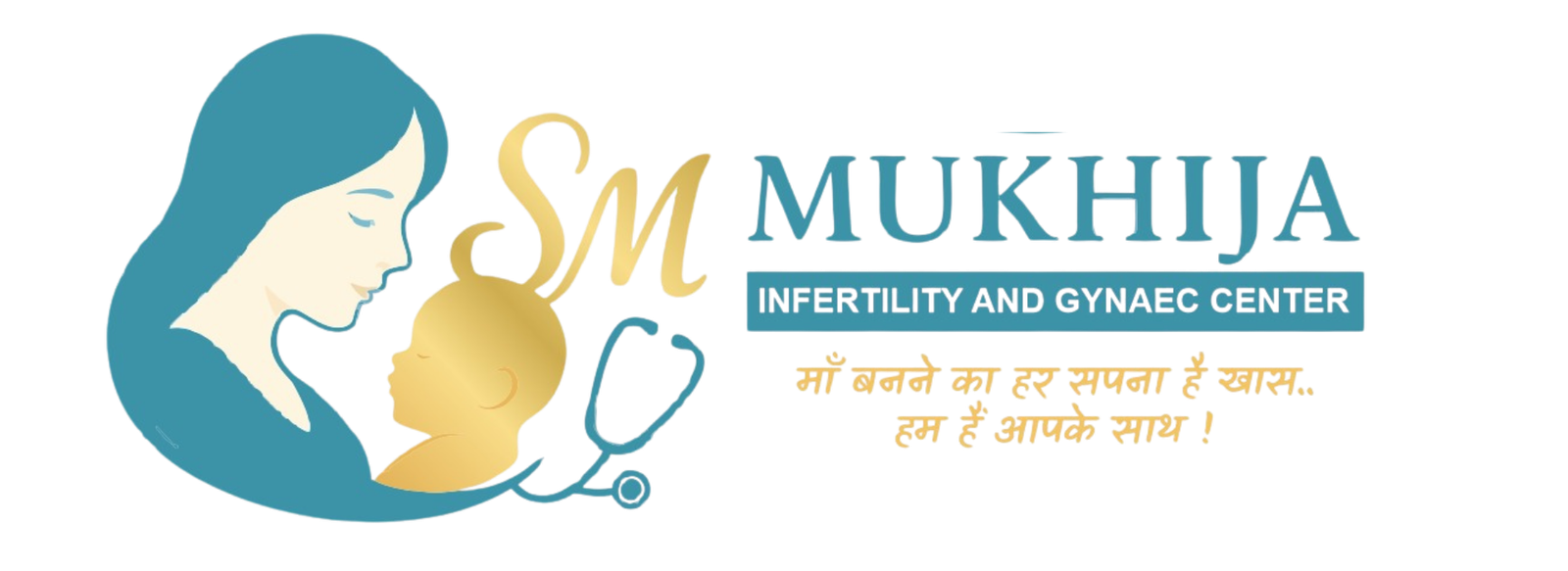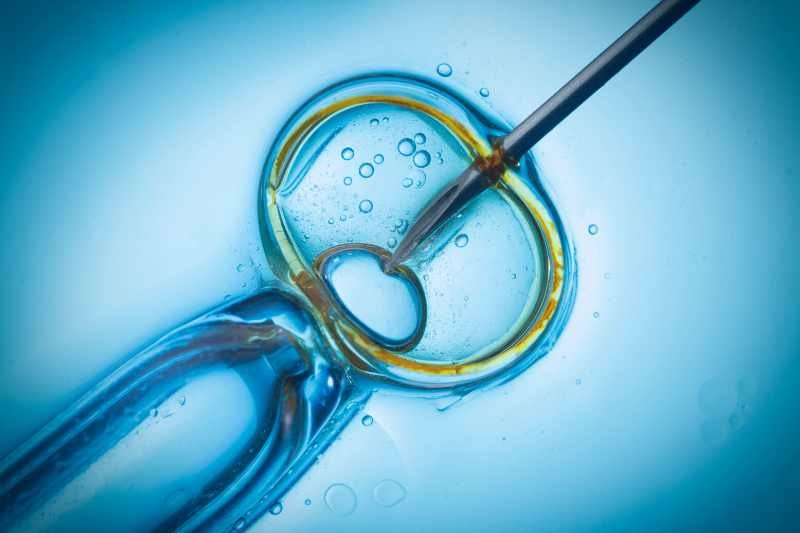Disclaimer: The content on this website is for informational purposes only and does not constitute medical advice. Please consult a qualified healthcare professional for diagnosis and treatment.
Ovarian Stimulation
Similar to IVF, the woman undergoes ovarian stimulation with fertility medications to produce multiple eggs.

